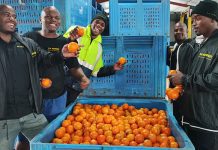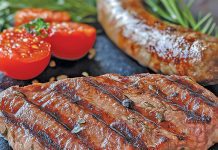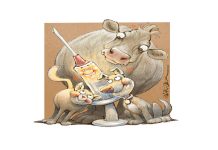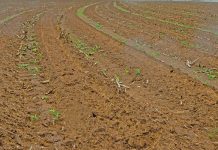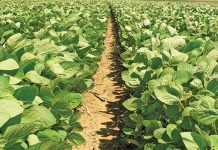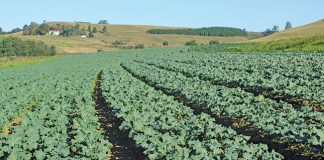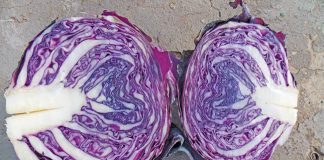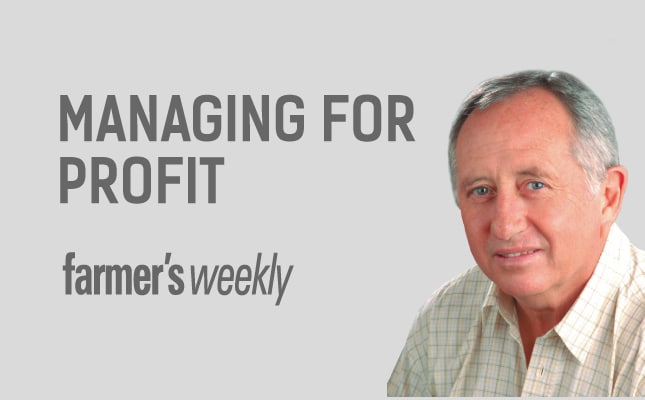
James, a farmer friend I bumped into in town, told me: “I enjoy your column, Peter, but your most recent one telling farmers to ‘differentiate’ their products is pie in the sky. It’s simply not possible to differentiate everything.”
Over a cup of coffee at the local Mugg & Bean he pointed out that most farmers are too small to produce specially packaged and branded products. In any case, very few farmers actually sell their produce directly to the final consumer.
They sell it on the fresh produce market, to a processor, or deliver it to an agent who handles the direct marketing and any possible differentiation.
Lessons from a coffee shop
James, I knew, produced coffee himself, and I took some delight in pointing out how Mugg & Bean differentiated its coffee, offering espresso, flat white, cortado, doppio espresso, Americano, caffè latte, caffè mocha and cappuccino. We were probably at that moment drinking some of his own production that had found its way into our mugs!
But I took his point and conceded that small-scale farmers, other than at local farmers’ markets, roadside stalls or by direct delivery to the buyer, would find it difficult to differentiate themselves and their products.
Nevertheless, I argued, in the case of larger producers, they made the decision on how to market their products. They should be doing their homework and selecting channels that derived maximum value by skilful differentiation of their finished product.
Our animated conversation drifted into discussing the potential for differentiation of different products. With fruit being easy and commodities more difficult, I reminded him of the examples I’d used in my previous column (see Managing for Profit in the 2 August issue of Farmer’s Weekly).
I sensed I was gaining ground with James, convincing him that it was possible to differentiate any product. Then he said: “Okay, Peter, I take your point, but there are a few products that are truly impossible to differentiate,” and he mentioned a few, including cotton, which at one time he had produced.
He continued: “I used to produce seed cotton. I delivered it to the ginner, who would sell the lint on to a merchant, who in turn sold it to a textile mill. Cotton is cotton and it’s surely impossible to differentiate it in any meaningful way.”
Now it just so happens that I had the privilege, some years ago, of meeting an extraordinary South African, cotton entrepreneur Bruce Robertson. Together with a Danish partner, he is producing cotton that is different to any other cotton around the world and has established an industry around it, in Uganda. It’s a remarkable story.
Danish fashion designer Peter Ingwersen had a dream of creating high-quality luxury cotton fabrics produced in an environmentally and socially responsible manner. While searching for potential sources of cotton, he discovered that cotton producers in developing countries derived little benefit from producing high-quality cotton.
His search led him to Uganda, where he met Robertson, who in 2009 had established a local ginning company. Their joint vision led to a partnership that has created a cotton brand produced according to organic and fair trade principles.
With a secure supply of high-quality, ethically produced Ugandan cotton, Ingwersen developed the Illuminati II range of branded fabrics. It had international success and samples of the fabric range are displayed at the Material ConneXion library of innovative materials in New York.
Livelihoods created
It’s an amazing success story that demonstrates how, with creativity and teamwork, many basic commodity- type products can be successfully differentiated. The initiative has reinvigorated the economy in some of Uganda’s most depressed areas, and has beneficially affected the livelihoods of thousands of subsistence farmers.
Their financial success has inevitably led to the production of other crops such as sesame, chillies, macadamias and timber.
When James heard this story, which I backed up by using my smartphone to google ‘Gulu Agricultural Development Company Uganda’ and ‘Illuminati II Peter Ingwersen’, he was convinced, and I hope you are, too.
Differentiating your products, whether a small, medium or large producer, whether directly or through the channels you use for getting them onto the market, will set you apart from the crowd. Get creative and do it!
Peter Hughes is a business andmanagement consultant.



